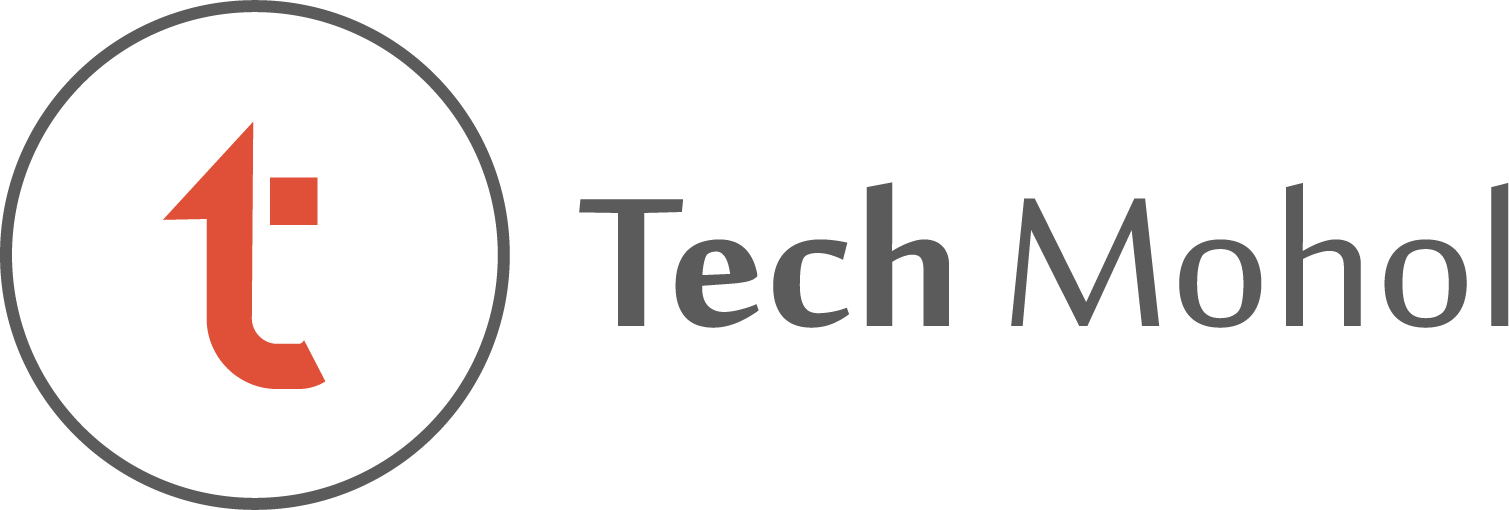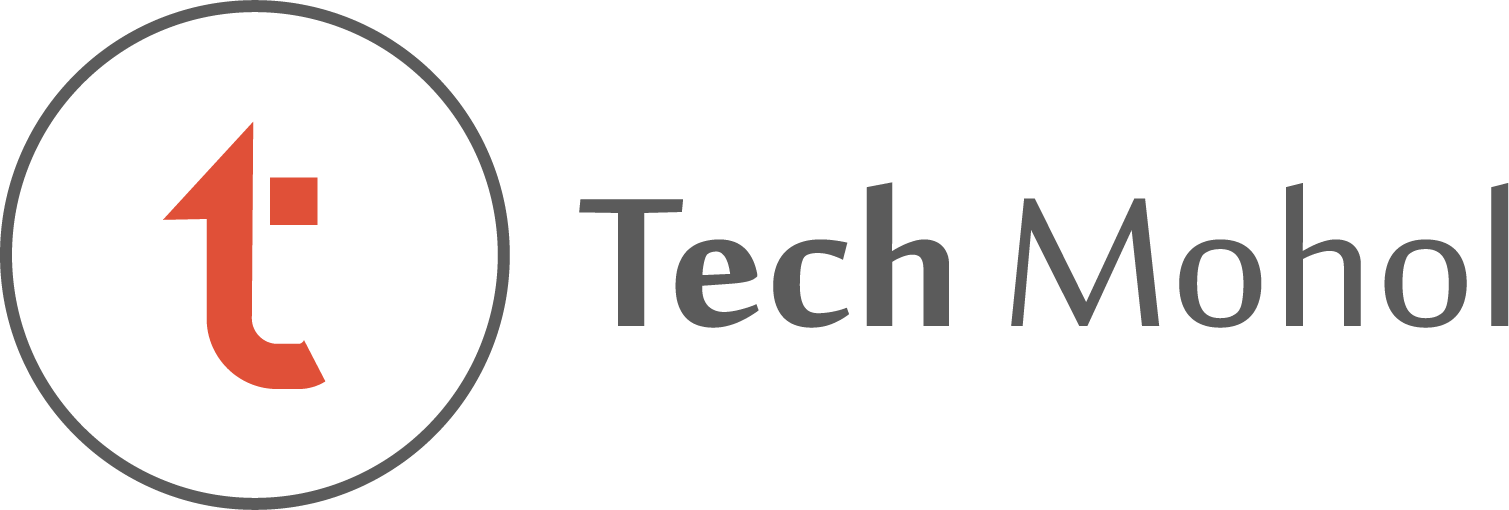In recent years, alternative and complementary therapies have gained popularity as people seek natural and holistic approaches to healthcare. Among these therapies, hijama and cupping have garnered considerable attention due to their potential health benefits. Both practices involve the use of cups to create suction on the skin, but they have distinct differences in terms of technique, history, and cultural significance. In this blog, we will explore the key differences between hijama and cupping.
Hijama:
- History and Origin: Hijama, also known as wet cupping, has deep historical roots in traditional Islamic medicine. It is believed to have been practiced for centuries by Islamic healers and is mentioned in several hadiths, which are traditions and sayings of the Prophet Muhammad (peace be upon him). The term “hijama” is derived from the Arabic word “hajm,” which means “sucking.”
- Procedure: Hijama involves making small incisions on the skin using a sterilized blade or lancet. Then, a cup is placed over the incision site, creating a vacuum through suction. This process draws out a small amount of blood along with other bodily fluids. The cups are typically left in place for a short period before being removed.
- Purpose: Hijama is primarily used for therapeutic purposes and is believed to help remove “harmful” or “stagnant” blood from the body. Proponents claim that hijama can detoxify the system, improve circulation, and alleviate various health conditions, such as pain and inflammation.
- Cultural Significance: Hijama has significant cultural and religious importance in the Islamic world. It is often performed during specific times or days, such as the 17th, 19th, and 21st of the Islamic lunar month, as recommended in certain Islamic traditions.
Cupping:
- History and Origin: Cupping therapy, on the other hand, has a broader history and is not limited to one specific culture or religion. It has been practiced in various forms across different civilizations, including ancient Egypt, China, and Greece. The term “cupping” itself is derived from the English word “cup.”
- Procedure: Cupping therapy, also known as dry cupping, involves creating suction within the cups without making any incisions on the skin. This is typically achieved by heating the cups and placing them on the skin, or by using modern techniques that involve a vacuum pump. The cups can be left in place or moved around on the skin.
- Purpose: Cupping therapy is used for a variety of purposes, including pain relief, muscle relaxation, and promoting general well-being. It is believed to improve blood flow, release tension in muscles, and reduce inflammation. Cupping can be tailored to address specific health concerns or used as a form of relaxation.
- Cultural Significance: While cupping therapy has been embraced by many cultures, it lacks the specific religious significance associated with hijama. Cupping is more widely practiced as a general healthcare therapy and is not tied to specific religious rituals.
Key Differences:
- Incisions vs. No Incisions: The most significant difference between hijama and cupping is the use of incisions in hijama, which leads to the extraction of small amounts of blood. Cupping does not involve incisions and relies solely on suction.
- Religious Significance: Hijama holds religious significance in Islam, with specific days and practices associated with its performance. Cupping, on the other hand, lacks religious ties and is practiced more widely across cultures.
- Purpose and Application: While both practices aim to promote health and well-being, hijama is often seen as a therapeutic treatment for specific ailments, whereas cupping can be used for various purposes, including relaxation and pain relief.
Safety and Precautions:
Both hijama and cupping should be performed by trained and qualified practitioners to ensure safety and effectiveness. It is essential to consider the following safety and hygiene precautions:
- Sterilization: All equipment, including cups and blades (for hijama), should be properly sterilized to prevent infection and cross-contamination.
- Hygiene: Practitioners must maintain high standards of personal hygiene and use disposable gloves to minimize the risk of infection.
- Clean Environment: The environment where the procedure takes place should be clean and well-maintained to prevent the spread of infections.
- Health Assessment: Before undergoing either hijama or cupping, it is crucial to consult with a healthcare professional to assess your health condition and determine if the therapy is appropriate for you.
- Aftercare: After the therapy, it is important to follow any post-treatment instructions provided by the practitioner to ensure a smooth recovery and maximize the benefits of the therapy.
Choosing Between Hijama and Cupping:
When deciding between hijama and cupping, you should consider the following factors:
- Health Goals: Determine your specific health goals and whether you are seeking treatment for a particular condition or looking for general well-being and relaxation.
- Religious or Cultural Considerations: If you have specific religious or cultural preferences, this may influence your choice. Hijama may be the preferred option for individuals who want to adhere to Islamic traditions.
- Comfort Level: Consider your comfort with the use of incisions (hijama) and whether you are open to the extraction of small amounts of blood.
- Practitioner Qualifications: Ensure that the practitioner you choose is experienced, qualified, and follows safety guidelines for the chosen therapy.
- Consultation: Consult with a healthcare professional who can provide guidance on the suitability of hijama or cupping for your individual needs and medical history.
In summary, hijama and cupping are therapeutic practices with unique characteristics and cultural backgrounds. While both aim to improve health and well-being, their techniques, cultural significance, and purposes vary. It is essential to approach these therapies with an open mind, prioritize safety, and make an informed decision that aligns with your health goals and personal beliefs. Consulting with a qualified practitioner and healthcare professional can provide valuable insights to help you choose the right therapy for your individual needs.



